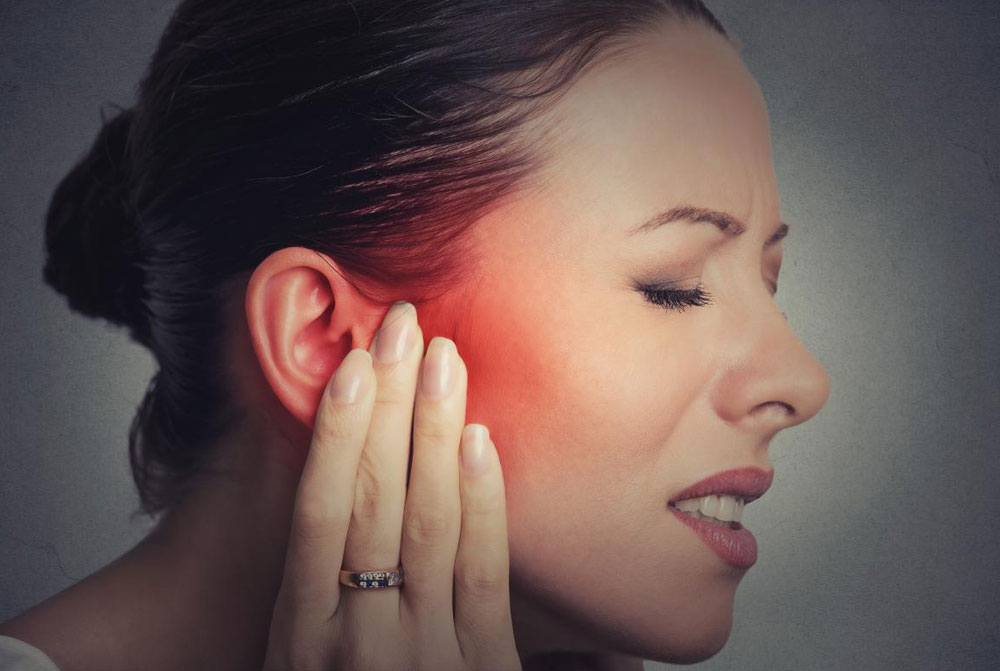
Traditional dentistry works on your teeth and gums. A neuromuscular dentist does this too but in addition, works on the nerves and muscles connected to your teeth as well as the other parts of your head, face, and neck. Often, pain in one place can be transmitted to a wider area because another branch of the same nerve is involved. Here at Willow Springs Dental we can determine whether or not you have temporomandibular joint syndrome (TMJ), also called temporomandibular disorder (TMD), in order to prevent unnecessary discomfort.
TMD is a condition that causes much pain and it relates to your bite, the positioning of your jaw, and the muscles that move your jaw. It can be caused by grinding and clenching your teeth, by an injury, or a defective bite.
When your muscles move the jaw inappropriately, many symptoms can result such as:
Our first goal will be to find the position of the jaw where your muscles are relaxed. To do that, we first use a Tens Unit. A Tens Unit is a device that sends mild electrical impulses to the muscles which relaxes them. When muscles are relaxed, blood flow in the area increases, which in turn increases the flushing of toxins. After about 45 minutes of muscle treatment, your jaw will be truly relaxed and at that point, we can use our diagnostic equipment to record its position. Our computerized scanning unit creates a three-dimensional diagram from which we can make a model of your teeth and jaws in their relaxed position.
Then an orthotic is made. An orthotic is a device that provides support for weakened or ineffective joints or muscles. For instance, some people wear orthotics in their shoes, to help keep their feet at the best angle for walking. The dental orthotic allows your jaw to close to its relaxed position rather than its habitual tense position. In the relaxed position, your jaw muscles are at an ideal length and will heal without any further spasms. The joint capsules will heal, pain will recede, which in turn stabilizes your bite. The orthotic is worn over a three month period, after which you can decide whether to continue wearing with a permanent orthotic or to proceed with treatment on your teeth such as:
These treatments will help optimize your bite.